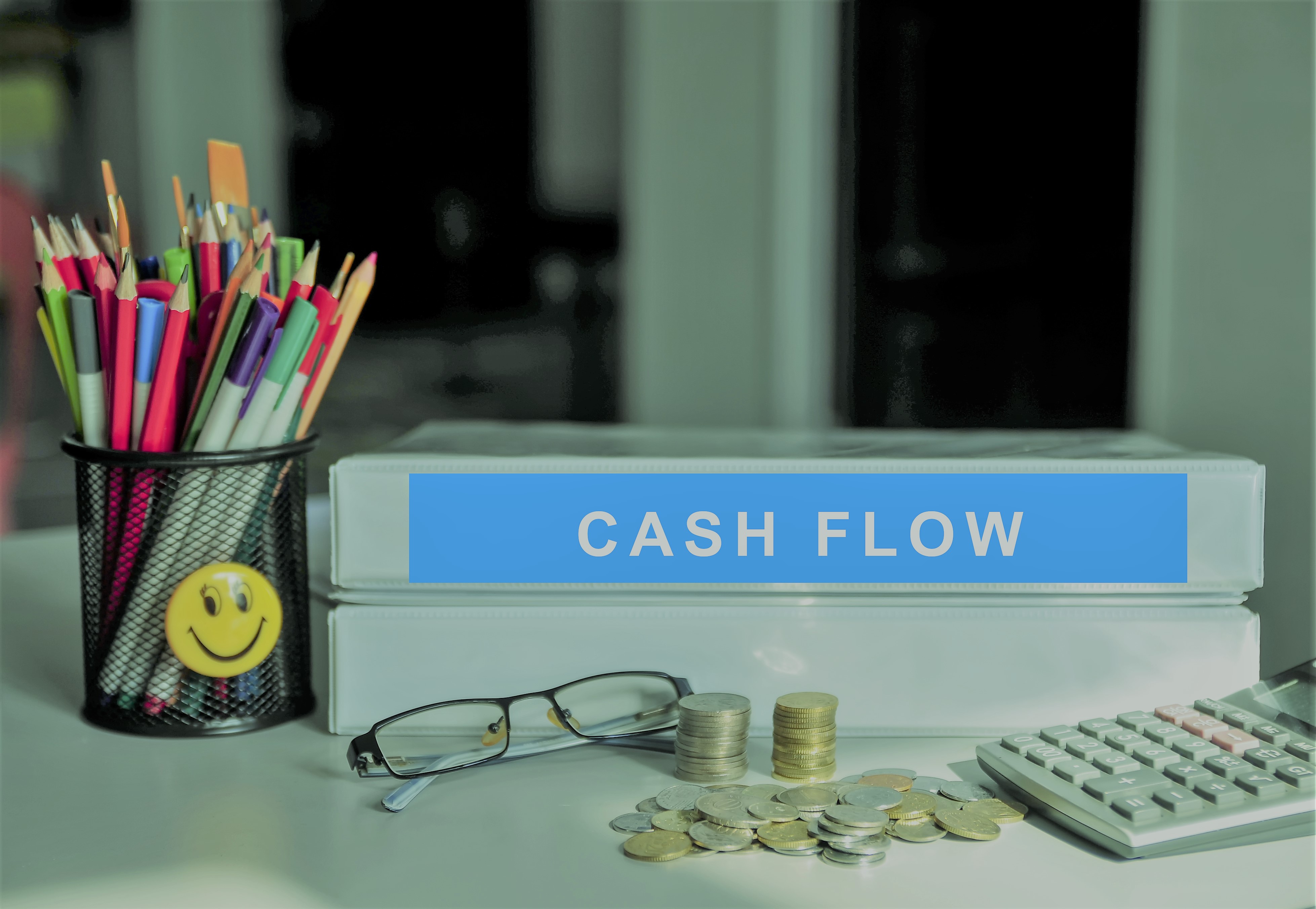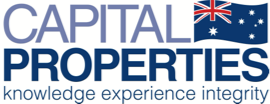Knowing what money is coming in, and what money is going out every month is an essential building block (pun intended!) of a property investment strategy.
Being clear on your cash flow position is also a powerful tool for planning out your next property investment move, and your future.
On the go? Here’s 30 seconds of key take outs:
- Before you can calculate your cash flow position, you need to know how you’re travelling toward achieving your lifestyle goals.
- Once you understand your cash flow position, you can then look at how to maximise your borrowing power and project your future cash flow too.
- At Capital Properties, we have a whole bunch of free online spreadsheets and calculators that you are welcome to use so that you can get intimate with understanding your cash flow!
Keep reading >>
The importance of knowing your cash flow
Whether you’re just starting out in investing in property or you’re about to move on to your next property deal you need to understand your cash flow, intimately.
The good news is mastering cash flow does not require a formal tertiary education degree. Provided you have basic numeracy skills at a Year 10 level of the Australian curriculum, you have what you need to figure out where your cash flow is at.
How are you tracking toward your goals?
Before you even think about calculating your cash flow position, you need to review your lifestyle goals and understanding how you’re tracking toward achieving them. Read my article ‘How are you tracking toward your lifestyle goals’ if you need a refresher. Then head to the investor tools on my website and work through ‘Your Goal Setting Toolkit’.
How much money can you borrow right now?
Once you’re crystal clear on how you’re travelling toward reaching your goals, it’s time to talk with your finance broker. Your goal here is to work out your borrowing capacity. That is, how much money can you borrow toward the property you want to invest in.
Here are the questions you’ll need to be ready to answer:
- What assets and liabilities do you have right now?
- How much income are you earning?
- Where are you at in your ‘Wheel of Life’?
- What’s driving your timeline, and when do you want to achieve your goals?
- What’s your appetite for risk? How much of a cash buffer do you need?
Understanding your borrowing power
The answers to these questions will help your mortgage broker calculate how much money a lender believes you can afford to repay. Once you know what this number is, you can work out what your budget looks like.
Making the most of your borrowing power
Let’s say the mortgage broker told you could afford to borrow $400,000 with a 10% deposit. By taking advantage of depreciation on a brand new build you’re lowering your entry costs. And, because the building hasn’t been constructed yet, any stamp duty (tax) you need to pay would only be based on land value. You’re winning already!
#Standeasy tip: When calculating your interest only repayments, add two to three percent to the current variable rate.
#Standeasy tip: When estimating ongoing property costs like council and water rates jump on to the local government area website to help you work out your outgoing costs.
A simple cash flow scenario
Below is a basic cash flow example to help you base your own calculations on.
| Purchase price | $400,000 |
|---|---|
| 10% deposit | $40,000 |
| Lenders Mortgage Insurance Capitalised * | $8,200 |
| Property loan amount (based on 90% L.V.R**) | $368,200 |
| IO: Interest only rate per annum (based on 5% but calculate an interest only repayment on 7% too) | $18,410 |
| Ongoing property costs | |
| CR: Council rates | $1,500 |
| WR: Water rates | $1,500 |
| BI: Building insurance | $750 |
| LLI: Landlord insurance | $350 |
| M: Miscellaneous costs (incl. maintenance) | $1,500 |
| RR: Rental return ($400 per week x 50 weeks) | $20,000 |
| Total running costs = IO +CR +WR + BI + LLI + M | $24,010 |
| Total running costs less RR | A shortfall of $4,010 per year / $77 per week |
*Source: Genworth
**Loan to Value Ratio: What is an L.V.R?
#Standeasy tip: Always over estimate when you are calculating your cash flows out.
How to work out your cash flow when you have a property or properties
If you already have a property investment or multiple properties, well done! To continue to reach toward your lifestyle goals, you must stay up to date with your cash flow position.
Below are a couple of steps to simplify your calculations.
Step 1: Run a Property Investment Cash Flow spreadsheet
Collect all your rental statements and save them in one secure location. This simple step will help you get quite organised and save you time. Better still enter the data straight into your spreadsheet along the way. If time simply doesn’t allow this, by having all your statements in one spot, you can enter the data in one go at the end of each financial year.
#Standeasy tip: Ask your property management agent to send all of your rental statement by email and store them in one secure folder or Cloud storage app, online. Paper has a tendency to get lost.
Step 2: Build your easy-to-maintain cash flow spreadsheet
Go to ‘Your free online property investment toolkit’ and download our simple spreadsheet, for free. You could build your own, but why would you when ours is ready to go. Then you simply transfer the numbers from your rental statements, straight into your cash flow spreadsheet.
#Standeasy tip: If you’re good at using Excel formulas, pre-set calculations in the backend of your excel spreadsheet. Then all you need to do is enter in the data.
Step 3: Start forecasting so you can continue to plan for your future
The cash flow calculation methods described above enable you to look at your cash flow in real-time. You can then simply shoot the spreadsheet across to your accountant to square away all of your tax expenses throughout the year.
Once you’ve mastered staying on top of your cash flow in real time, consider projecting toward your future. At Capital Properties, we’ve developed a spreadsheet you can use to play with some numbers. For example you might want to look at different interest rates, rental income changes or paying down some of your borrowings to see how the numbers look, should conditions change. Download our ‘Property and personal spending budget’ spreadsheet, and have a go.
Yes, we’ve said it before and we’ll say it again, when it comes to investing in property successfully, knowledge is your secret ingredient.
Get some experts around you to help you on your way.
Free investor tools: Property Investor Kit | Our Switched-on Property Investors Program | Discovery Session






